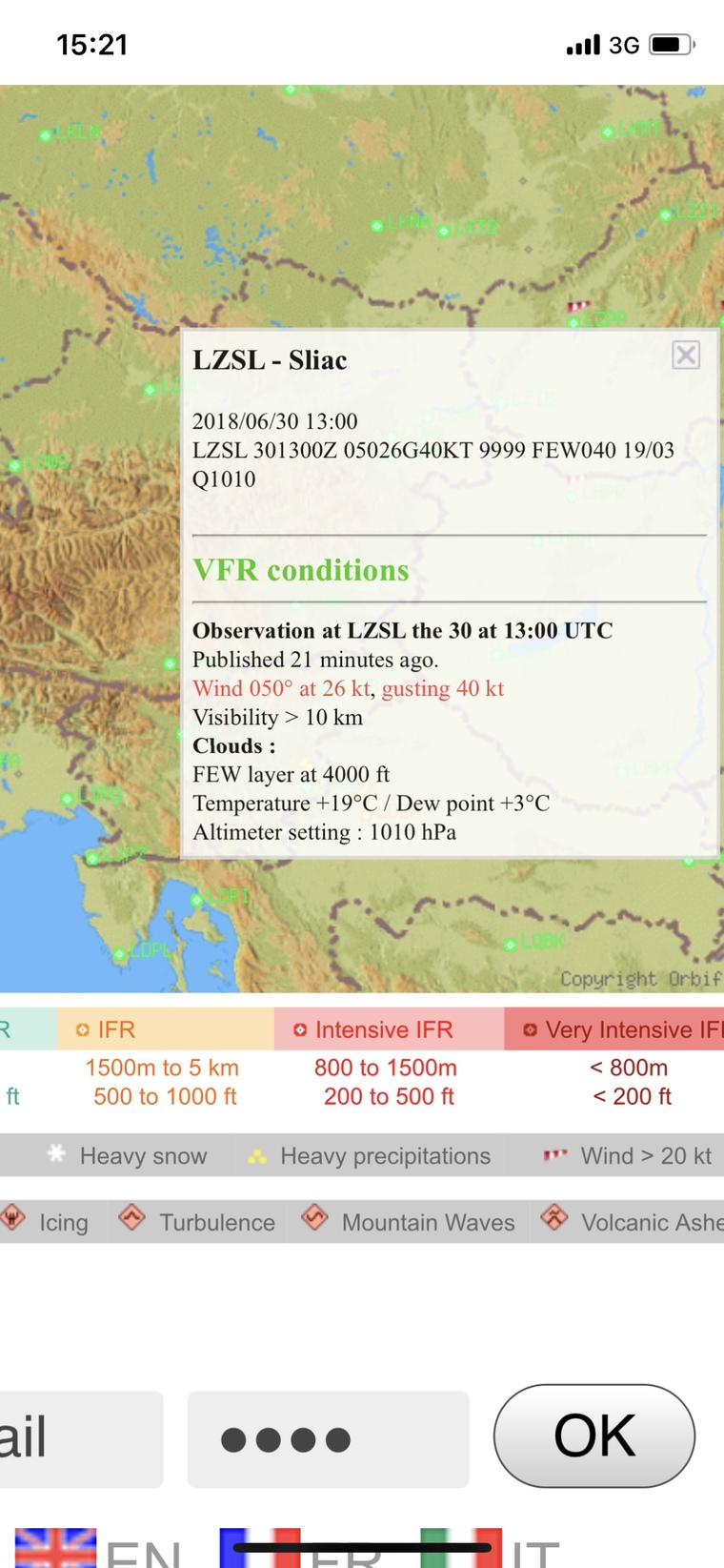I have very little rotary time so no experience of how they behave in proper turbulence be it inside some bumpy cloud or just clear air with a northerly airstream across lots of ground. So if anyone can write from experience and compare with fixed wing in the same conditions – what do you reckon. My impression is that they should “suffer” much less?
On cruise, they seem much stable than aircrafts due to the big inertial gyro above (you could say the same for a fixed wings with large torque to weight ratio), you don’t feel much tilting or yaw
Close to the ground while they are stable they get too much sensitive to ground effects, I did few hours and I really struggled to learn how to fly rotary close to the ground in calm air, so can’t say much about how they handle in gusts vs fixed wings, someone who flew both a lot can say more?
Some fly them in windy and gusty imc conditions close to the Alps, they don’t seem to care mich above waves or rotors as airliners do !
I don’t think you can get a PPL(H) in 45h as easy as in PPL(A), but will love to meet someone who did it in a schools ones (like someone getting a PPL on tailwheels with tarmac runway)
Nobody?
For what it’s worth I have flown my 3.6kg model helicopter in weather that would be too much for a C172 or for that matter a similarly sized r/c plank (fixed wing), but I too am curious as to whether that capability extrapolates up to an R22 or larger helicopter.
The RAF Sea King SAR helicopter used to practice near my home. I’ve seen it hold steady position level with the cliff top, and close to it, with the wind gusting off the cliff strong enough to make me stagger as I walked the clifftop path.
The Sea Kings are incredible stable, and remarkably sophisticated. I spent 2 weeks on board, just hitching along when I was in a repetition exercise in the Air Force about 20 years ago. When hovering, picking up people from the sea for instance, it is actually done automatic. The PIC push a button, it enters into some sort of auto-positioning hovering mode. Then the navigator/radar operator in the back takes over with the so called “joy stick” (not the “stick” of the PIC). She (it was a she in “my” helicopter) use the joy stick for positioning fine positioning. She also controlled the winch. It works more or less like drones do today. It worked in all kind of weather, even full storm at sea.
I fly EC120 quite a lot recently (more than a fixed wing) and can attest that it is much less sensitive to wind and turbulence than fixed wing. Few weeks ago I flew to High Tatras to land at a heliport at the ski resort and golf course with 26kt with 40kt gusts. This is something I would probably not dare to do in a fixed wing, especially in a mountainous terrain…
It depends on the heli size and rotor construction of course, I would not go there in R22.

Ibra wrote:
they seem much stable than aircrafts due to the big inertial gyro above
Pytlak wrote:
I fly EC120 quite a lot
Archie wrote:
Except for the continuous “turbulence” felt in the cockpit due to vibrations of course. I always feel for rotorheads when I hear their trembling voices on the radio…
R22/AB205 I tried vibrate all around and aerodynamically unstable in clam air, so that outside air turbulences/gusts looks like heaven…they don’t feel much turbulence/gust as they create their own !
On radio: a rotarhead had his mic stuck many times on the ground at Elstree but still wanted a go, he was asked by AFIS to change to enroute frequency as soon as he lift off 1ft from the ground 
I guess it makes sense that the “wing loading” on a heli must be way higher than on a fixed wing plane – look how fast the “wings” need to be moving to lift it off the ground  And the higher the wing loading, the less it feels turbulence.
And the higher the wing loading, the less it feels turbulence.
I assume it makes some sense to think of it like that – I always have. Most of the lift on a helicopter comes from the rotor tips which are typically moving at 3-400mph so intuitively a gust of 10-20 knots shouldn’t make a big difference. It’s not the way its seems to be set out in the textbooks though.
I have also experimented with asymmetric flat bottomed blades which are much more efficient than the symmetrical aerofoils typically used for model helicopters. With battery powered helicopters flight durations can be annoyingly short and I eventually got flights of over 20 minutes. I gave up because I didn’t like the response to gusts which was much more pronounced, so it’s clearly not a simple issue (what is, with helicopters?).